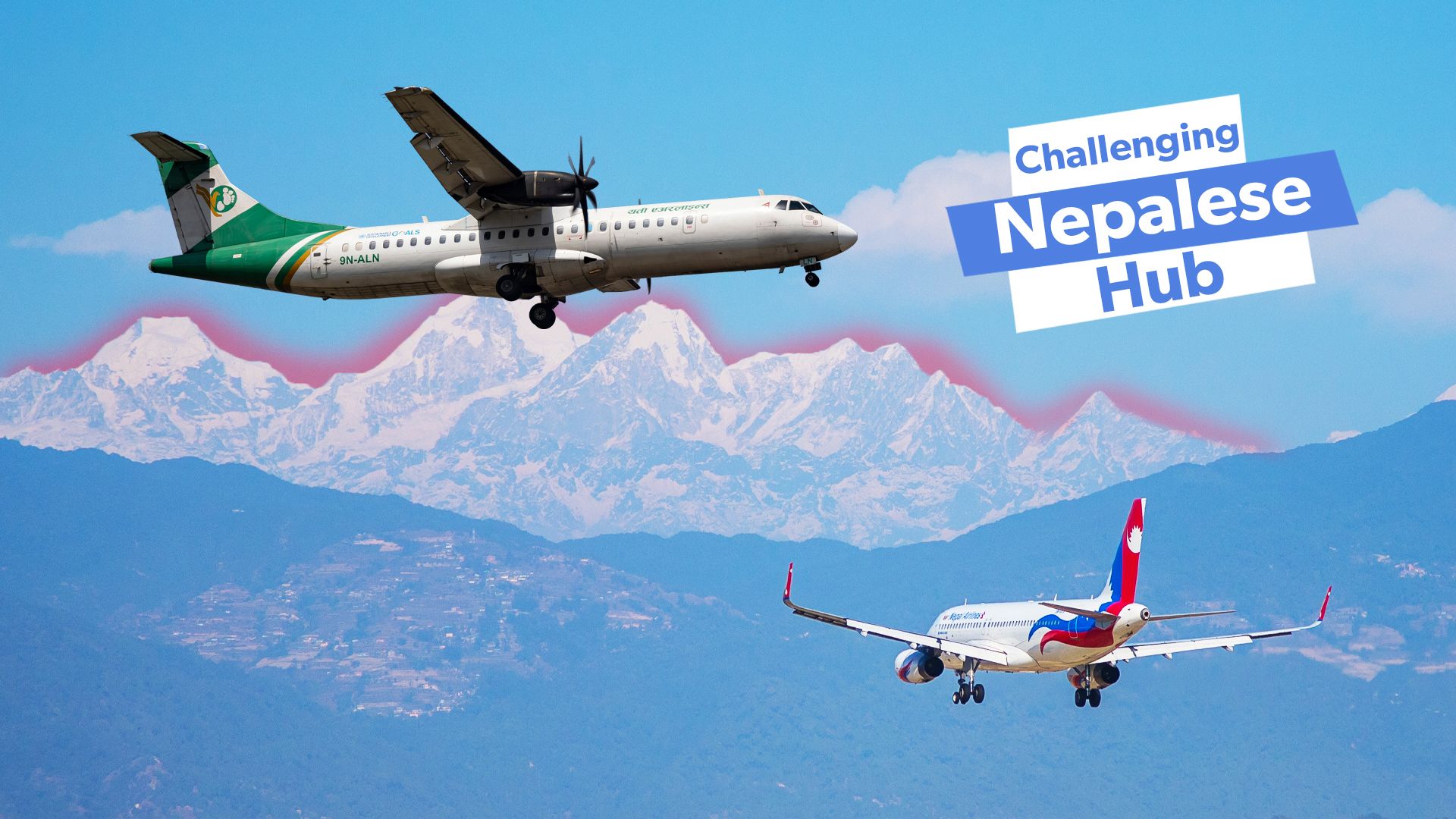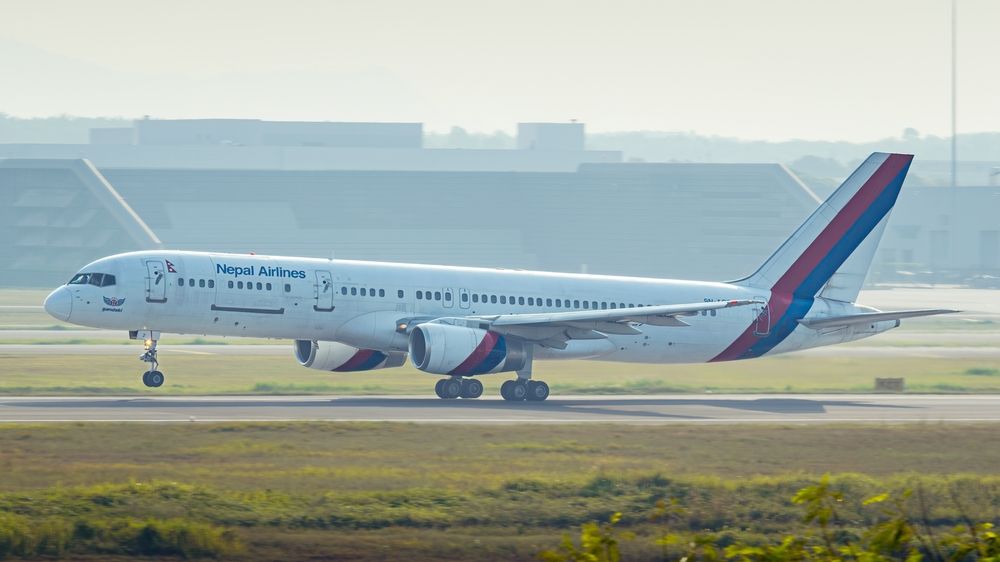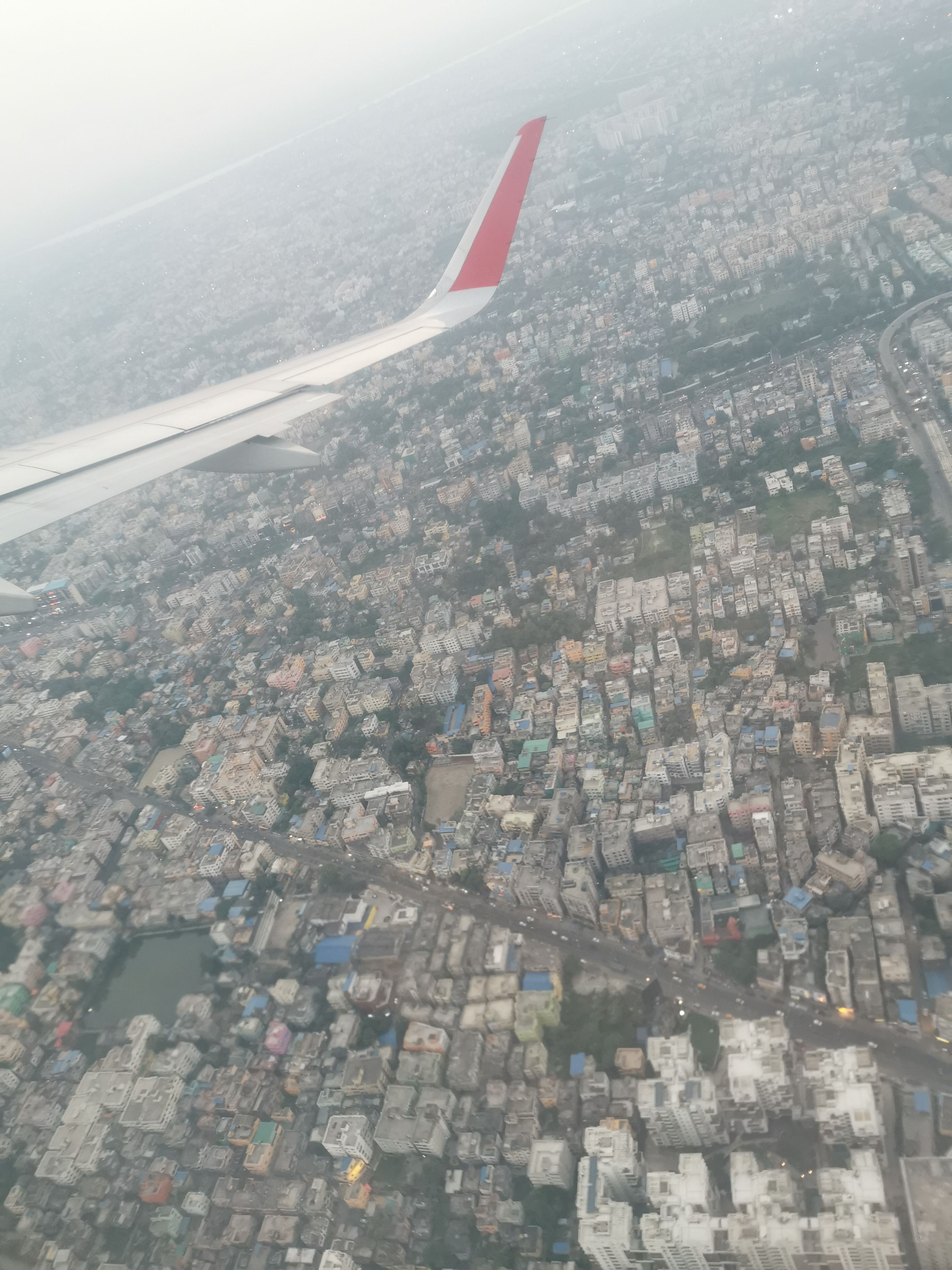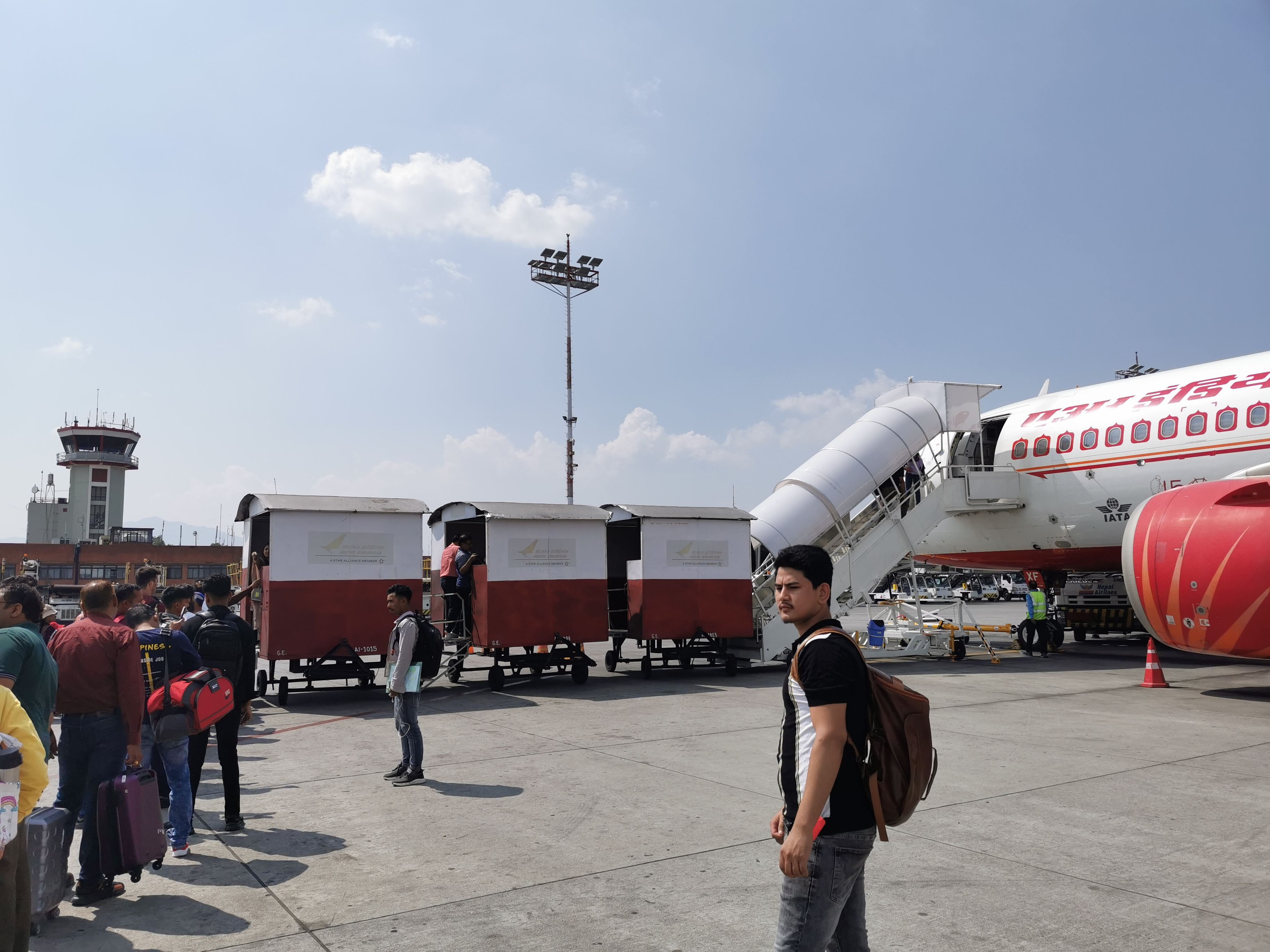Summary
- Kathmandu Airport’s challenges: unpredictability, congestion, and infrastructure issues.
- Elevation and weather make landing and takeoff difficulty in Kathmandu.
- Highly skilled pilots are necessary to navigate Kathmandu’s airport safely.
Nepal
is famous for being a Himalayan hiking paradise and is a favorite of mountaineers (it is home to Mount Everest). However, its main airport,
Kathmandu Airport
(officially Tribhuvan International Airport), is known for being difficult to fly out of. While the airport may not be to blame, in July 2024, a
Saurya Airlines Bombardier CRJ200ER crashed
shortly after takeoff at Kathmandu Airport, killing 18 (all but one occupant).
Why Kathmandu Airport is so difficult
The Nepalese city of Kathmandu is one of the world’s most striking cities; however, it is also one of the world’s most polluted cities. While many may associate the mountains with “fresh mountain air,” Kathmandu sits in a small elevated valley that contains the city’s pollution.
A video of the Saurya Airlines crash is linked below; viewer discretion is advised.
A number of factors combine to make Kathmandu Airport challenging for pilots. It only has one runway (restricting options) and suffers from traffic congestion, winter fog, high altitude (4,390 feet), unpredictable weather, and more. Making matters worse, the airport has a lack of infrastructure.
Flightradar24 states, “Operating aircraft at Kathmandu’s Tribhuvan International Airport (KTM) presents a unique set of challenges that make it one of the most difficult airports in the world for pilots.”
Contributing factors to Kathmandu’s difficulty:
- Unpredictable weather
- High elevation
- Fog and monsoon rains
- Lack of infrastructure
- Single, relatively short runway
The towering peaks of the Himalayas surround Kathmandu Airport, and its approach path is constrained by mountainous terrain. Pilots need to navigate through narrow passes with little room for error. On the final approach, a steep descent is required to land.
Photo: Jeang Herng l Shutterstock
At 4,390 feet above sea level, the elevation reduces overall engine performance while negatively affecting aircraft handling. Thinner air means the aircraft engines have less thrust, and lift is harder to generate (turboprop engines are generally better suited to these conditions). This also necessitates longer takeoff and landing distances. The runway is 10,085 feet or 3,074 meters long, which is shorter than most international runways in the world (most have at least 3,500-meter runways).
|
Kathmandu (Tribhuvan International Airport) Airport profile: |
|
|---|---|
|
Airport code: |
KTM |
|
Hub for: |
Himalaya Airlines Nepal Airlines |
|
Elevation: |
10,085 feet |
|
Destinations: |
Over 40 (in over 17 countries) |
|
US-based airlines: |
None |
|
Select notable international airlines: |
Qatar Airways, Cathay Pacific, IndiGo, Singapore Airlines, Turkish Airlines |
Kathmandu is infamous for experiencing unpredictable weather – as Flightradar24 states, the weather can change “rapidly and unpredictably.” Particularly in the winter months, Kathmandu often experiences poor visibility from fog while shifting wind patterns lead to turbulence and crosswinds making landing more challenging.
During the monsoon season, rain can accumulate water on the runway, creating hydroplaning risks.
Hydroplaning is when the tires lose their grip on the runway surface
and instead travel on a film of water sitting at the runway.
An airport for experienced pilots
One pilot (whose name was withheld) is quoted by Air Charter Service as observing, “What makes this such a challenge is the type of aircraft used to operate into the port. The aircraft used here are wide body Airbus A330’s which are landed on this 46m wide runway and circumnavigated in between terrain which requires the highest level of situational awareness and training.”
Photo: Aaron Spray
As Flightradar24 notes, flying in and out of Kathmandu Airport demands highly skilled and experienced pilots. Even so, even seasoned pilots can face stress due to the combination of altitude, challenging approaches, and unpredictable weather.
CNN’s 8th most hated airport in 2011
In 2011, CNN listed the Kathmandu Airport as the 8th most hated airport in the world. Some of the issues are about the airport itself (the airport terminal is quite old and crowded). The article claims that the airport is noted for its “primitive yet officious check-in procedure, starring a roulette wheel of underpaid security agents.”
Photo: Aaron Spray
I flew through Kathmandu Airport in mid-2024; having flown through around 100 airports, I did not think the airport check-in was officious or otherwise bad. Perhaps the situation has improved since 2011. There were notable emigration queues, but nothing drastic. While the terminal is obviously old and no Changi Airport, it is still respectable.
I was more surprised to find another security screening at the ladder of my Air India flight. After passing through airport security, through the gate, and being transported on the shuttle bus to the aircraft packed on the tarmac, I found another security jet point between the shuttle bus and the ladder leading into the aircraft with carry-on items checked once again.
I never went through immigration and baggage claim as I entered Nepal by land from India. However, one X (formerly Twitter) user noted that there is also security screening prior to baggage claim.




